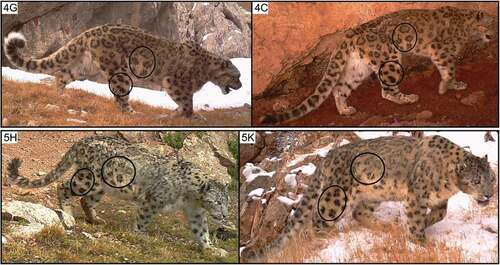Figures & data
Figure 1. The Yage Valley region in the Sanjiangyuan National Park on the Tibetan Plateau, western China, showing the rugged terrain on the north bank and the camera trap layout in the valley. Capital letters are references to camera trapping sites
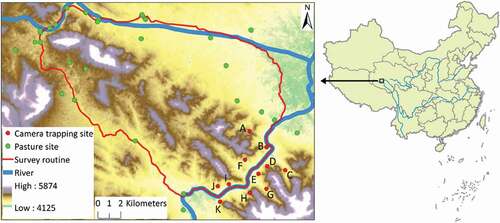
Figure 2. Ungulate prey species of snow leopards observed during the drift in the core area of the Yage Valley. BS = blue sheep; WD = white-lipped deer; TG = Tibetan gazelle; AM = alpine musk deer; KI = kiang
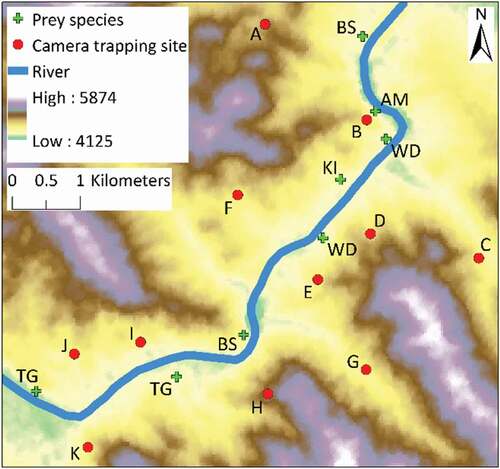
Table 1. Potential snow leopard prey species captured by camera traps in the core area of the Yage Valley
Table 2. Capture details of snow leopard individuals in the core area of the Yage Valley
Figure 3. Pelage pattern variations on the dorsal surface of the tail of snow leopards on the north bank of the Yage Valley. The six distinct individuals are numbered following capture details in . The Arabic numbers are references to possible individual snow leopards, and the capital letters are references to camera trapping sites (see )
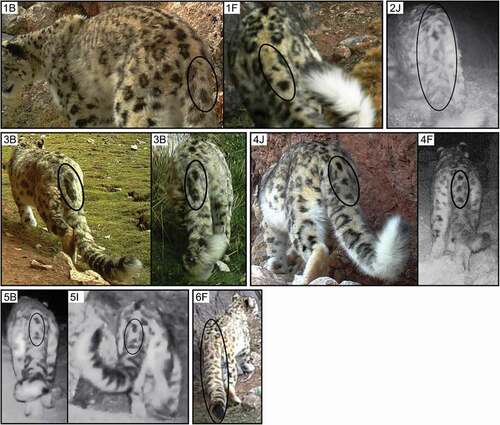
Figure 4. Pelage pattern variations on the dorsal surface of the left flank and hindlimb of snow leopards on the north bank of the Yage Valley. The three indeterminate individuals are numbered following capture details in . The Arabic numbers are references to possible individual snow leopards, and the capital letters are references to camera trapping sites (see )
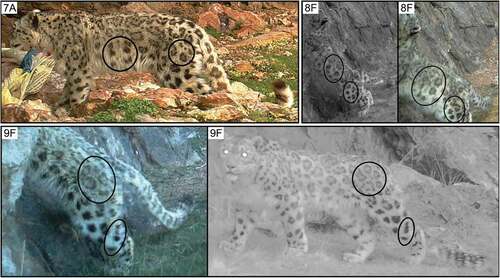
Figure 5. Pelage pattern variations on the dorsal surface of the tail of snow leopards on the south bank of the Yage Valley. The three distinct individuals are numbered following capture details in . The Arabic numbers are references to possible individual snow leopards, and the capital letters are references to camera trapping sites (see )

Figure 6. Pelage pattern variations on the dorsal surface of the right hindlimb and flank of snow leopards on the south bank of the Yage Valley. The two indeterminate individuals are numbered following capture details in . The Arabic numbers are references to possible individual snow leopards, and the capital letters are references to camera trapping sites (see )
